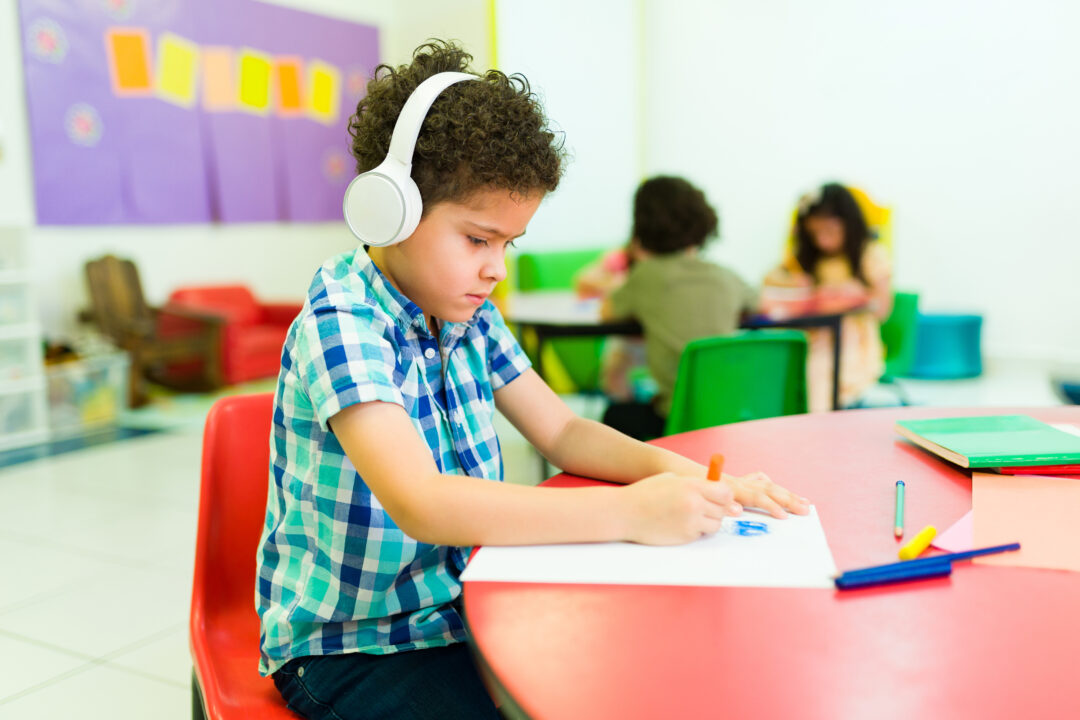Positive Behavioral Interventions and Supports (PBIS) has been widely adopted in schools as a framework for promoting positive behavior and preventing disciplinary issues. However, as our understanding of trauma and its impacts on learning and behavior evolves, it becomes increasingly clear that as we implement PBIS in our schools, we must also adapt some the principles to become more trauma-informed and resilience-focused. By integrating trauma-informed practices and fostering resilience, schools can better meet the diverse needs of their students and create environments where all learners can thrive.
Trauma-informed PBIS recognizes that many students have experienced adverse childhood experiences (ACEs) or other traumatic events that can significantly impact their behavior and ability to learn. Traditional disciplinary approaches often exacerbate trauma by focusing solely on punishment rather than addressing the underlying causes of behavior. In contrast, a trauma-informed approach seeks to understand the root causes of students’ behavior and provides support and resources to help them cope and heal.
One key aspect of a trauma-informed approach to PBIS is creating a culture of safety and trust within the school community. This involves building strong relationships between students, teachers, and staff based on empathy, understanding, and respect. When students feel safe and supported, they are more likely to engage in positive behaviors and seek help when needed.
Additionally, trauma-informed PBIS emphasizes the importance of providing students with opportunities to develop resilience—the ability to bounce back from adversity and overcome challenges. Resilience is a critical skill that not only helps students navigate the ups and downs of academic life but also prepares them for success in the future.
So, how can schools make PBIS more trauma-informed and resilience-focused?
- Professional Development: Teachers and staff need training on trauma-informed practices and how to recognize the signs of trauma in students. By increasing awareness and understanding, educators can better support students who have experienced trauma and create a more compassionate learning environment.
- Culturally Responsive Practices: It’s essential to recognize that trauma manifests differently across cultures and communities. Schools must incorporate culturally responsive practices into their PBIS framework to ensure that all students feel seen, heard, and supported.
- Universal, Group and Individualized Support Plans: Instead of applying a one-size-fits-all approach to behavior management, schools should develop a multitiered approach to supporting students social emotional and behavioral growth. Designing universal systems of support for all students to access such as a Reset Room, small group-based supports with a specialist focused on teaching new skills, and individualized support plans for students who may be experiencing symptoms of traumatic exposure ensure a system where all students are seen and supported equitably. All these plans should address students’ unique needs and strengths and provide them with the resources and support necessary for healing and growth.
- Implement Sensory Supports: Recognize that students who have experienced trauma may be hypersensitive to sensory stimuli and may struggle with self-regulation. Incorporate sensory supports into the classroom environment, such as providing fidget tools, noise-canceling headphones, or designated quiet spaces where students can retreat if they feel overwhelmed. Be mindful of the classroom environment, minimizing unnecessary distractions and creating a calming atmosphere that promotes a sense of safety and predictability.
- Community Partnerships: Schools cannot address trauma and build resilience alone. Collaboration with community organizations, mental health providers, and other stakeholders is crucial for creating a comprehensive support network for students and families.
- Strength-Based Restorative Approach: Finally, schools should adopt a strength-based restorative approach to discipline that focuses on building on students’ strengths and assets rather than dwelling on deficits. By highlighting students’ resilience and capabilities, educators can empower them to overcome challenges and achieve their full potential. Within this approach we provide students an abundance of opportunities to hear what is great about them and specifically what they are doing well with, rather than focusing on what they are not doing well with. *Consider this as you begin to evaluate classroom color-coded behavior management systems and point systems to manage behaviors.
In conclusion, making PBIS more trauma-informed and resilience-focused requires a shift in mindset and practice. By prioritizing safety, trust, and support, schools can create environments where all students feel valued and empowered to succeed. By integrating trauma-informed practices into PBIS, we can build resilient communities where every student has the opportunity to thrive.


